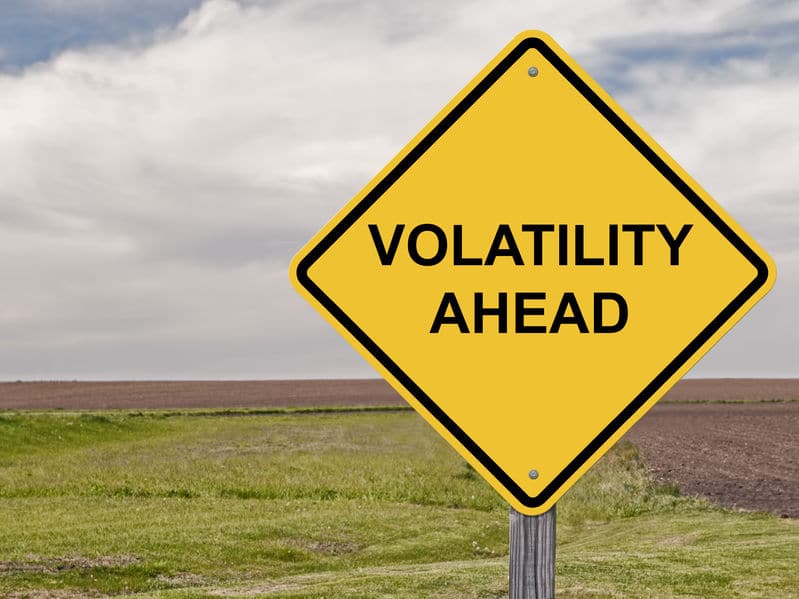Since the end of March, there has been a decided shift in market sentiment. LNW CIO Ron Albahary, CFA assesses what has changed and how we are keeping client portfolios on an even as market turbulence picks up. Below are highlights from the Executive Summary for our Q2 2024 Economic Commentary, released April 18:
The positive narrative that has been driving the U.S. stock market to new highs is starting to shift as we head into the second quarter of 2024. Yes, we have an expanding U.S. economy, job growth and healthy consumer spending. However, we are facing greater uncertainty on multiple fronts:
- Rising geopolitical risk, accentuated by Iran’s aerial attack on Israel April 14
- U.S. consumer price inflation ticking up in March and remaining stubbornly above 3%
- Much-anticipated interest rate cuts by the Fed now likely to be fewer and farther out
- U.S. Presidential election creating great uncertainty on many fronts (economic, social, geopolitical)
These recent developments are in line with our thesis since early 2022: An increasingly multi-polar world defined by higher geopolitical conflict and shifts in global trade resulting in the potential for inflation and interest rates to remain higher for longer. So far, the capital markets have not priced an escalation in geopolitical or inflation risk. That might now start to change.
How to best prepare? We continue to emphasize strategic diversification and disciplined, regular rebalancing within LNW client portfolios. While we cannot control the markets, these two things are under our control, and they do the heavy lifting in terms of compounding wealth over time. Both are also constructive ways to fend off cognitive biases produced by excess complacency or fear.
At LNW, strategic diversification is grounded in decision-making based on these constructs:
Markets are not monoliths, with valuations varying significantly among sub-sectors and components. Valuation discrepances occur even within the most closely monitored markets, including the S&P 500. Even with the S&P 500 near record highs, if we sideline the seven biggest stocks – the Magnificent 7 – the S&P’s median valuation drops 23% to around 16 times forward earnings, slightly below its historical average. U.S. small-cap stocks and mid- cap stocks are even less expensive relative to historical averages.
There are many opportunities outside of U.S. public equities. It is access to the extended capital markets — the gamut of public and private investments encompassing equity and credit-based exposures across asset classes — that allows us to create portfolios geared to support client goals through bull and bear environments.
- U.S. public equities: Potential for growth, value, income
Potential Opportunities: small-cap stocks, lower-valuation sectors - Fixed Income: Reliable diversifier, income producer
Potential Opportunities: mortgage-backed securities - International equities: Counterbalance to U.S. stocks
Potential Opportunities: countries benefiting from shifts in trade and supply chains - Real assets: inflation protection, enhanced diversification, return
Potential Opportunities: infrastructure equities, including renewable infrastructure - Private equity: Idiosyncratic opportunities for return
- Diversifiers: low correlation with public markets
Potential Opportunities: private credit and hedge funds.
Read our rationale in the LNW Commentary for Q2 2024.



